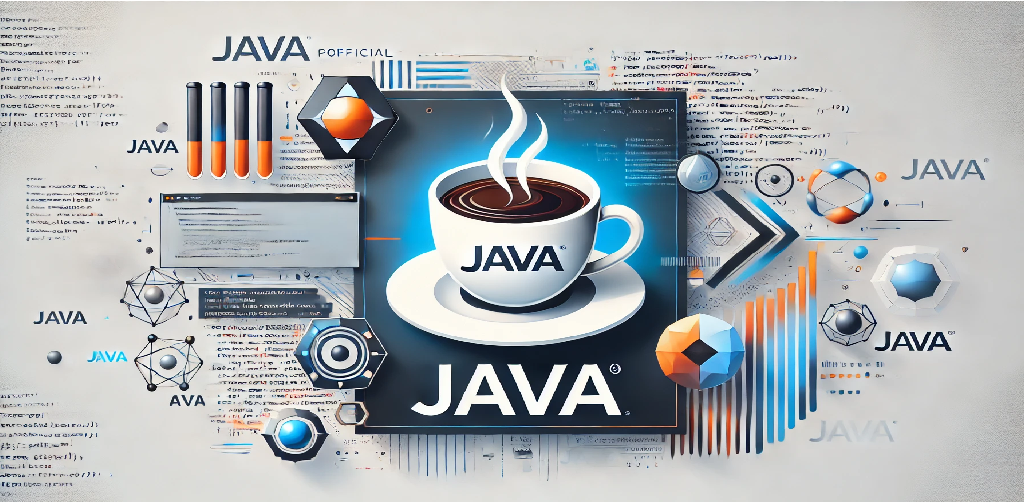Introduction to Microservices and Collections in Java
Microservices architecture is becoming increasingly popular in modern application development due to its scalability, modularity, and ability to deliver independent services that can be deployed and maintained separately. One crucial element in building a robust and efficient microservices-based system is choosing the right data structures. In Java, the use of collections—such as lists, sets, maps, and queues—plays a pivotal role in microservices performance and functionality.
This article will explore the impact of using Java collections in microservices architecture, discussing their pros, cons, and the best practices for maximizing their benefits in a distributed system.
Understanding Java Collections
Java provides a powerful set of collection interfaces and classes through the java.util package. These collections are used to store, retrieve, and manipulate data. The main collection types in Java include:
- List: An ordered collection that allows duplicate elements (e.g.,
ArrayList,LinkedList). - Set: A collection that does not allow duplicates (e.g.,
HashSet,TreeSet). - Map: A collection that maps keys to values, with no duplicate keys (e.g.,
HashMap,TreeMap). - Queue: A collection used to hold elements for processing in a specific order (e.g.,
LinkedList,PriorityQueue).
In the context of microservices, the right choice of collections can influence performance, memory usage, and thread-safety, which are all critical in distributed systems.
Impact on Performance and Scalability
One of the key reasons for adopting microservices is to ensure scalability, where each service can scale independently based on demand. In this scenario, the efficiency of data manipulation directly impacts the performance of each microservice.
Java collections are designed to cater to various use cases, and understanding their underlying implementation is critical for selecting the most efficient collection for a microservice. For instance, using a HashMap for lookups can offer O(1) time complexity on average, whereas using a TreeMap would result in O(log N) time complexity for insertions and lookups.
When dealing with large datasets in microservices, choosing the right collection type becomes crucial to avoid bottlenecks. For instance, selecting an appropriate collection for storing session data in a stateless service can make a noticeable difference in both response times and resource utilization.
Here’s an example of how choosing the correct collection can improve performance:
import java.util.HashMap;
import java.util.Map;
public class Microservice {
private Map cache;
public Microservice() {
this.cache = new HashMap<>();
}
public void addData(String key, String value) {
cache.put(key, value);
}
public String getData(String key) {
return cache.get(key);
}
public static void main(String[] args) {
Microservice service = new Microservice();
service.addData("user1", "John");
System.out.println(service.getData("user1"));
}
}
In the code above, we use a HashMap to quickly store and retrieve data. The time complexity of put and get operations in HashMap is O(1) on average, which is beneficial for fast data retrieval in microservices.
Impact on Concurrency and Thread Safety
Microservices are often deployed in multi-threaded environments, and Java collections need to be thread-safe to avoid race conditions. By default, most collections in Java are not thread-safe, but Java provides several options for handling concurrent access.
When working in a multi-threaded microservice environment, collections like ConcurrentHashMap are preferable over HashMap because they are designed to handle multiple threads accessing the map simultaneously without compromising performance.
Consider the following example that uses ConcurrentHashMap to ensure thread safety:
import java.util.concurrent.ConcurrentHashMap;
import java.util.concurrent.ConcurrentMap;
public class ThreadSafeMicroservice {
private ConcurrentMap cache;
public ThreadSafeMicroservice() {
this.cache = new ConcurrentHashMap<>();
}
public void addData(String key, String value) {
cache.put(key, value);
}
public String getData(String key) {
return cache.get(key);
}
public static void main(String[] args) {
ThreadSafeMicroservice service = new ThreadSafeMicroservice();
service.addData("user1", "John");
System.out.println(service.getData("user1"));
}
}
Here, we use ConcurrentHashMap, which is optimized for concurrent access. This allows our microservice to safely handle multiple threads accessing the same map without the need for external synchronization.
Impact on Memory Usage
Microservices often run in resource-constrained environments, such as cloud containers or virtual machines. Optimizing memory usage becomes critical when working with large datasets. Java collections have varying memory footprints depending on their implementation. For instance, ArrayList typically consumes less memory compared to LinkedList because it uses a contiguous block of memory for storing elements, while LinkedList requires additional memory for storing references for each element.
When designing microservices, it is essential to balance the trade-off between performance and memory usage. Collections like HashSet and TreeSet are efficient in terms of memory usage but may have higher computational complexity for certain operations.
Best Practices for Using Collections in Microservices
- Use appropriate collections: Understand the time and space complexity of each collection type to optimize your service performance.
- Leverage concurrent collections: Use thread-safe collections like
ConcurrentHashMapto ensure data consistency in multi-threaded environments. - Minimize memory consumption: Avoid storing unnecessary large objects in collections, and consider using efficient collections like
ArrayListoverLinkedListwhen possible. - Use caching strategies: Use in-memory caching with collections to store frequently accessed data and reduce latency in microservices.

